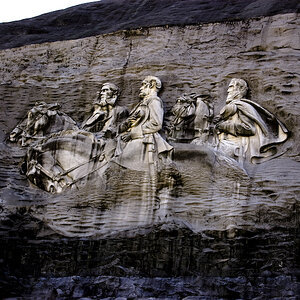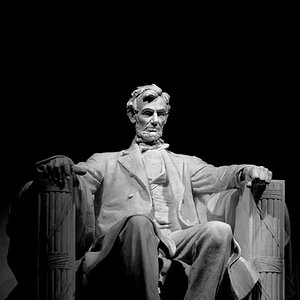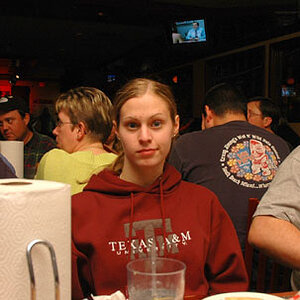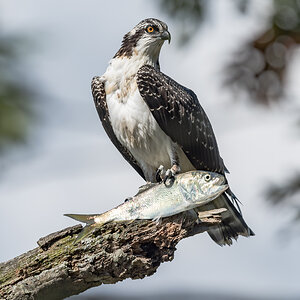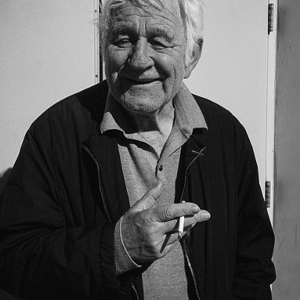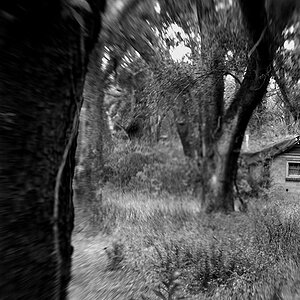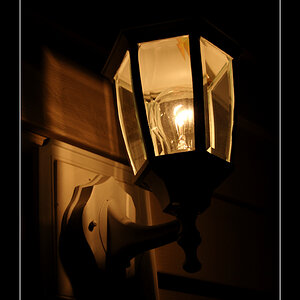photo1x1.com
No longer a newbie, moving up!
- Joined
- Sep 14, 2016
- Messages
- 923
- Reaction score
- 289
- Location
- Austria/Europe
- Website
- www.photo1x1.com
- Can others edit my Photos
- Photos NOT OK to edit
I took a look at the exif data. That image was shot with the 14-24mm f2.8 lens at 14mm.
BUT: it doesn´t look nearly that wide to my eye. I think the photographer cropped the image pretty much, so the perceived focal length is somewhere near 24mm I´d say. I´m curious to what others would suggest.
BTW: did you know that you can create a sun-star, stopping down the aperture to about f16-22? That will create a cool effect, I particularely love that for skiing shots. But it comes with a drawback: you loose light and therefore shutter speed, plus a little sharpness from diffraction (if you are interested in diffraction, here is a short comparison of different f-stops - I´ve created that years ago to showcase diffraction).
Awesome! Didn't know you could pull that info out of that photo. Can you recommend a 14-24 f2.8 lense? Is auto focus an option?
You can do that with a lot of photos in the net, but not all. Save the image, open it in photoshop (that´s what I do, there sure are other programs) and look at the file info/camera Data. You can learn a lot from that.
What you can´t always be sure is the focal length, because the photographer may have cropped more or less.
I don´t know that lens, I´m sorry. But it doesn´t have a filter thread, so for my type of shooting (loving polarizer filters), I wouldn´t buy it.
For wideangle shots autofocus usually works pretty well, because everything from around 2m to infinity has the same focus setting (infinity). That said, you can usually set the focus to manual (infinity) and that will be fine.
Last edited:



![[No title]](/data/xfmg/thumbnail/40/40412-73276feced223de99c761fc2cc279db5.jpg?1619739461)
![[No title]](/data/xfmg/thumbnail/39/39490-b2e64c58554ef92efe2474950d27753d.jpg?1619739050)
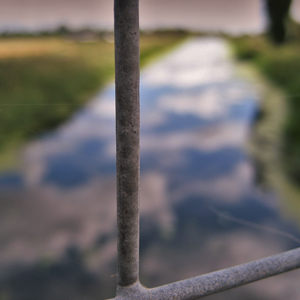
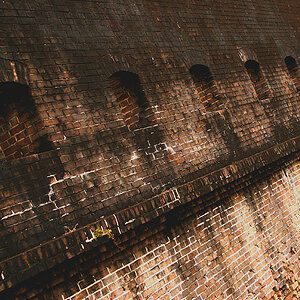
![[No title]](/data/xfmg/thumbnail/39/39286-ae386da044402acf92e55d8b68c26af3.jpg?1619738956)
